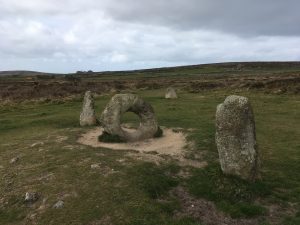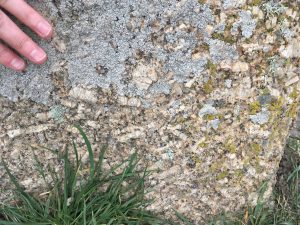
Highlights: Heritage, Monument, Granite
Location: SW 4266 3492
What’s nearby: Lanyon Quoit, Mên Scryfa, Nine Maidens Stone Circle, Ding Dong Mine
Conservation: Area of Outstanding Natural Beauty (AONB), Scheduled Monument, National Trust
Mên-an-Tol is an iconic monument found in Penwith, west Cornwall, constructed from porphyritic biotite mica granite.
Information here is provided for reference only. You should ensure you have suitable footwear and clothing when visiting all sites.
Further Reading & References
- Borlase, W. 1769. Antiquities, Historical and Monumental, of the County of Cornwall, Bowyer and Nichols: London
- Preston-Jones, A. 1993 The Men-an-Tol. Management and Survey, Historic Environment Service, Cornwall County Council >

